Types of Decompression Sickness (DCS)
Decompression sickness (DCS) is caused by inert gases leaving solution inside the body and forming bubbles. If allowed to grow sufficiently large, those bubbles present signs and symptoms, which allow DCS to be diagnosed. There are several different types of decompression sickness, depending upon the symptoms observed and the nature of the dive undertaken.
What are the six types of decompression sickness?
Type 1 DCS: Minor
Symptoms: Localized pain, skin itching (Pruritis) and skin rash (Cutis marmorata)
Type 1 DCS symptoms can arise within 10 minutes of surfacing from the dive and grow in severity over time. Pain is typically focused on a joint, often resulting from a bubble/s impinging on a nerve, but that is not always the case.
The skin rash is distinguishable because it is sub-dermal; bubbles are causing damage in the minor capillaries beneath the skin; with close inspection, it does not look like a contact rash on the surface of the skin.
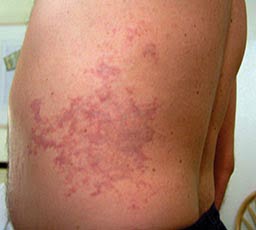
These symptoms must always be treated as a medical emergency because, whilst seemingly minor, they can potentially progress into life-threatening Type 2 DCS.
Type 2 DCS: Cardiovascular/Pulmonary and Neurological
Symptoms: Severe pain, organ failure, decreasing levels of consciousness, cognitive ability, communication, mobility, dexterity, sensation and bodily control (including; breathing, bladder and bowel control).
Type 2 DCS is more severe. In these cases, bubbles are causing damage within the brain and central nervous system and/or impeding the function of organs. The effect within different organs will cause different symptoms; for instance an acculmulation of bubbles within the lungs will cause “chokes”; the diver will cough involuntarily as though they have a foreign object in their lungs.
Type 3 DCS: Cerebral-Spinal Arterial DCS
Symptoms: Paralysis, partial paralysis, weakness and loss of consciousness
Type 3 Cardiopulmonary DCS involves the complication of a spinal or cerebral arterial gas embolism (AGE) in addition to Type 2 DCS.
- Does not involve pulmonary barotrauma, i.e. lung injury from breath-hold ascent.
- Involves bubble migration from venous to arterial blood via Patent Foramen Ovale (PFO) or intracardiac shunt.
Pulmonary DCS
Symptoms: dry uncontrollable cough (“the chokes”), sore throat, chest pain behind the sternum or breastbone, breathing difficulty (dyspnea), cardiac arrhythmia, pulmonary edema, unconsciousness, and asphyxia.
Pulmonary DCS, known as “the chokes”, is characterized by symptoms related to the lungs.
- Symptoms are a result of gas bubbles forming in the bloodstream and affecting the circulatory and respiratory systems.
- Pulmonary DCS can be difficult to differentiate from Immersion Pulmonary Edema (IPO/IPE).
- It is proposed that the ‘chokes’ were a vascular reaction to bubbles in the mucus membranes of the tracheobronchial system; i.e. similar to a skin bend, but internal.
Inner Ear Decompression Sickness (IEDCS): IBCD and PFO Induced
Symptoms: severe vertigo, nausea and localized ear/head pain.
Inner Ear Decompression Sickness (IEDCS), also known as Vestibular or Audiovestibular DCS, is a bubble of inert gas within the inner ear.
IBCD-Induced Vestibular DCS
This can be caused due to Isobaric Counter-Diffusion (IBCD) if a technical hypoxic trimix diver switches from a helium-rich gas mixture to a rich oxygen mixture during their ascent.
- IBCD-induced Vestibular DCS has not been observed in dives shallower than 70m.
- Gas selection techniques are taught on full trimix courses to avoid this risk.
PFO-Induced Vestibular DCS
A second cause of Vestibular DCS, that does not involve IBCD, is related to Patent Foramen Ovale (PFO).
- PFO is a heart defect that allows blood to move between the left and right atria (upper chambers) of the heart.
- This allows inert-gas-rich blood to bypass the lungs and reduces off-gassing efficiency.
- In rare cases, the right-to-left shunt can cause an arterial gas embolism (AGE) to enter the labyrinthine artery; the primary source of blood for the inner ear.
Non-emergency types of decompression sickness
Type 4 DCS: Osteopathic
Symptoms: long-term degeneration of the bones
Dysbaric Osteo-Necrosis (DON); is a long-term condition where frequent and repeated exposure to hyperbaric conditions (increased pressure) and variation (pressure changes) causes necrosis (death/brittleness) of the skeletal bones.
Sub-Clinical DCS: Decompression stress
Symptoms: post-dive lethargy, reduced vitality, somnolence/sleepiness, general malaise
Sub-clinical DCS, aka decompression stress, is the physiological effect of excessive micro-bubbles within the body after diving. As these symptoms do not constitute an injury or medical emergency, this level of DCS is disregarded medically and rarely included within the types of decompression sickness.
It is proven that micro-bubbles always do occur in our bodies on the ascent from scuba dives. We can also accept that those bubbles may not grow to sufficient size to cause immediate physical harm and present diagnoseable/clinical symptoms of decompression sickness.
Medically, the frequency of stable (not growing) micro-bubbles is largely irrelevant to diagnosing decompression sickness. Unless they are able to accumulate and ‘merge’ to form larger bubbles, those micro-bubbles will not cause a sufficiently intense problem to register on the victim.
Sub-clinical DCS may be suspected if the diver observes otherwise unexplainable symptoms after their dives. It can only be confirmed through ultra-sound measurement of micro-bubble size and number.
About The Author

Andy Davis is a RAID, PADI TecRec, ANDI, BSAC, and SSI-qualified independent technical diving instructor who specializes in teaching sidemount, trimix, and advanced wreck diving courses.
Currently residing in Subic Bay, Philippines; he has amassed more than 10,000 open-circuit and CCR dives over three decades of challenging diving across the globe.
Andy has published numerous diving magazine articles and designed advanced certification courses for several dive training agencies, He regularly tests and reviews new dive gear for scuba equipment manufacturers. Andy is currently writing a series of advanced diving books and creating a range of tech diving clothing and accessories.
Prior to becoming a professional technical diving educator in 2006, Andy was a commissioned officer in the Royal Air Force and has served in Iraq, Afghanistan, Belize, and Cyprus.
In 2023, Andy was named in the “Who’s Who of Sidemount” list by GUE InDepth Magazine.
Purchase my exclusive diving ebooks!
Originally posted 2018-11-05 06:10:48.








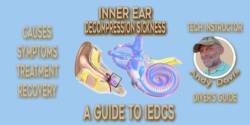




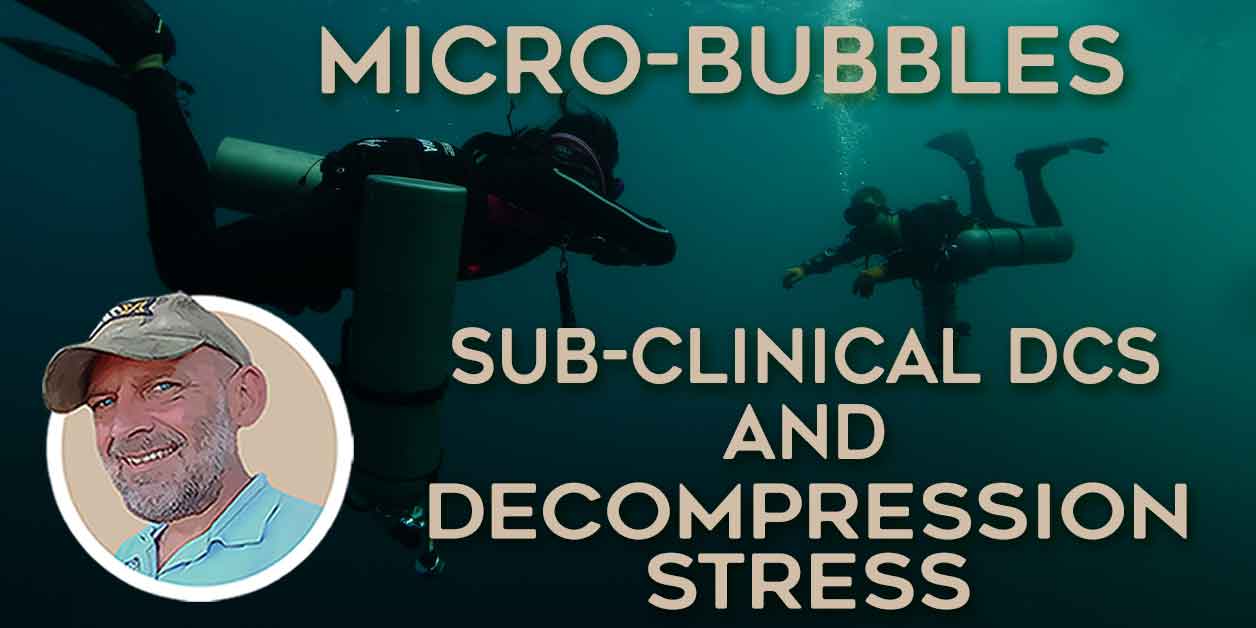
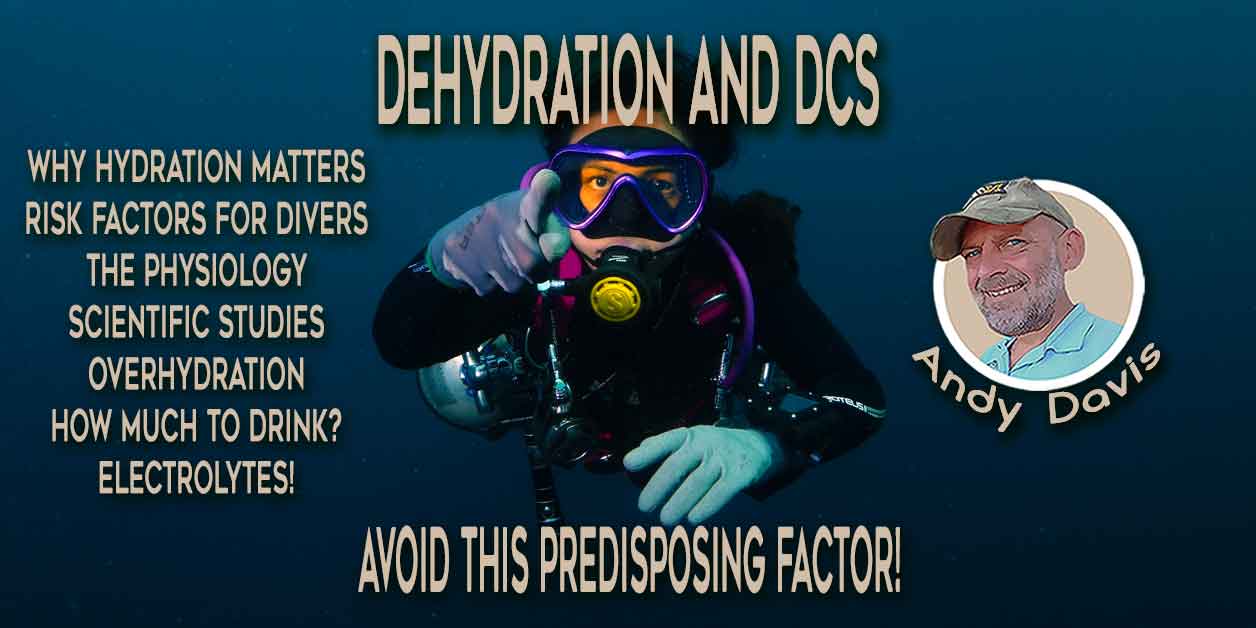
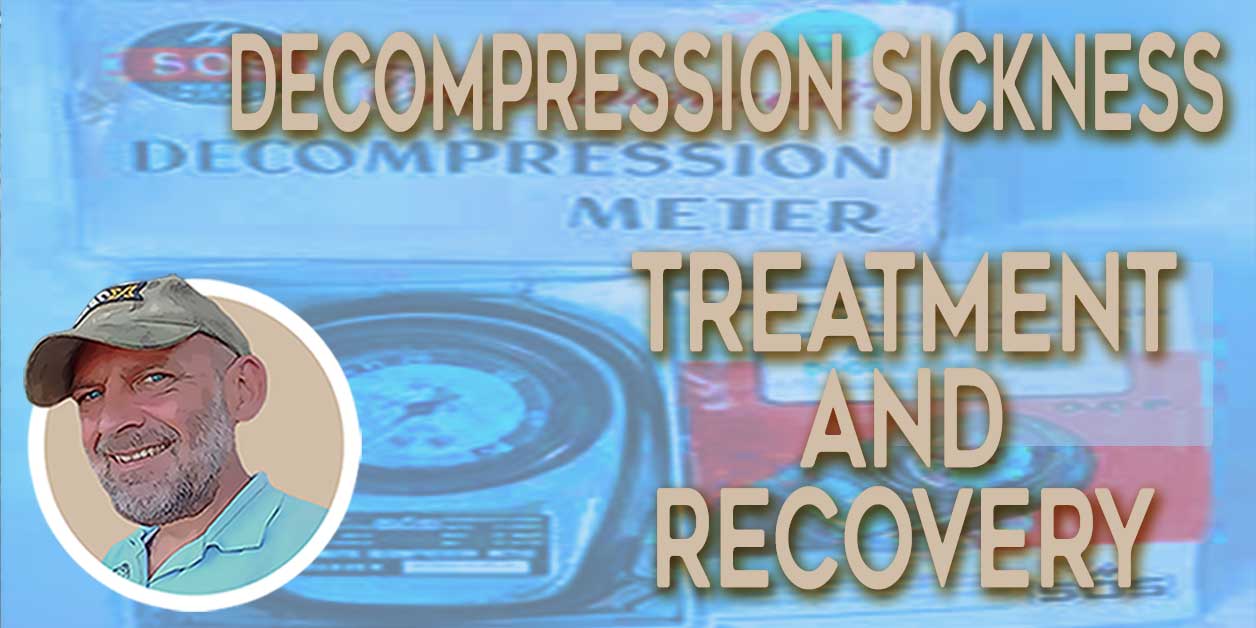

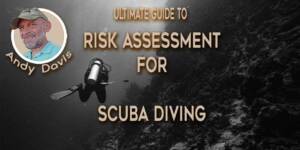

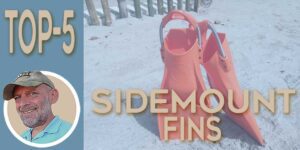

Thanks for that clarification. Based on your input I have done further research on that catagorization, and updated the article. Vestibular (Inner-Ear) DCS seems more of a diving parlance (amongst tech community), rather than an accurate medical nomenclature. I have differentiated inner-ear DCS from Type 3 DCS with a separate description of both.
Type 3 DCS is not the same thing as vestibular DCS. Also, vestibular DCS has been observed without gas switches and it is better to call it Inner Ear DCS instead because the cochlear part of the inner ear can be involved too. It is strongly associated with right-to-left shunt (PFO). As for Type 3 DCS, it is a form of spinal DCS induced by arterial gas embolism from pulmonary barotrauma. It is notoriously resistant to recompression and it is thankfully quite rare.